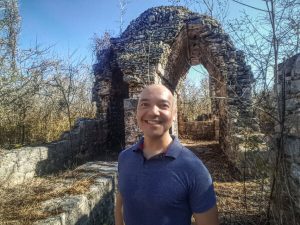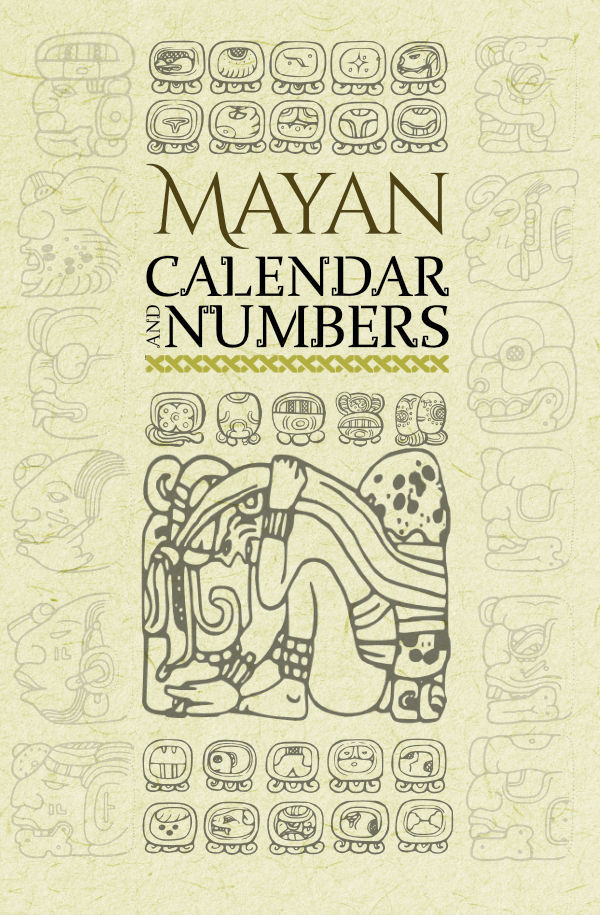Chichen Itza was a cosmopolitan city, with great openness and interaction with foreign cultures, which contributed to its development and made it different from other Classic Mayan cities. This place represents the most complete and spectacular example of the combination of Mayan and Toltec cultures that flourished and reached a remarkable extension under the influence of “colonizers” from Tula.
Location of Chichen Itza
Chichen Itza is located in the State of Yucatan in Mexico, 120 km southeast of its capital Merida, and 200 km southwest to the city of Cancún.
Housing Periods
The most important housing period of Chichen Itza has been divided into three; one corresponding from the years 550 to 800 which corresponds to a stage of pure Mayas; another from 800 to 1000 known as transitional, where the settlers from central Mexico arrived and brewed a new culture with the Maya, now called Mayan-Toltec; and the last one from 1050 to 1300 corresponding to the decline of the city.
Architectural and stylistic aspects of Chichen Itza
The archaeological sources and the historical tradition, offer interesting indications for the study of the architectural and stylistic aspects of this Yucatecan City, characterized by the evident mixture of two different cultures.
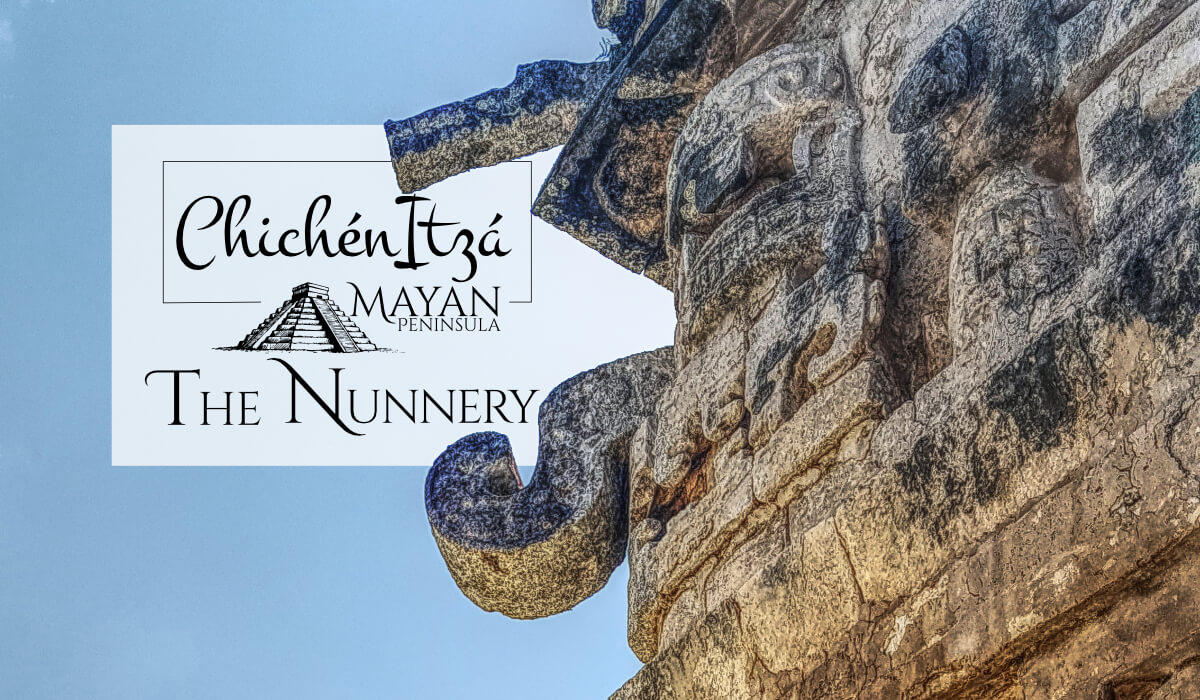
The Nunnery Chac masks in Chichen Itza 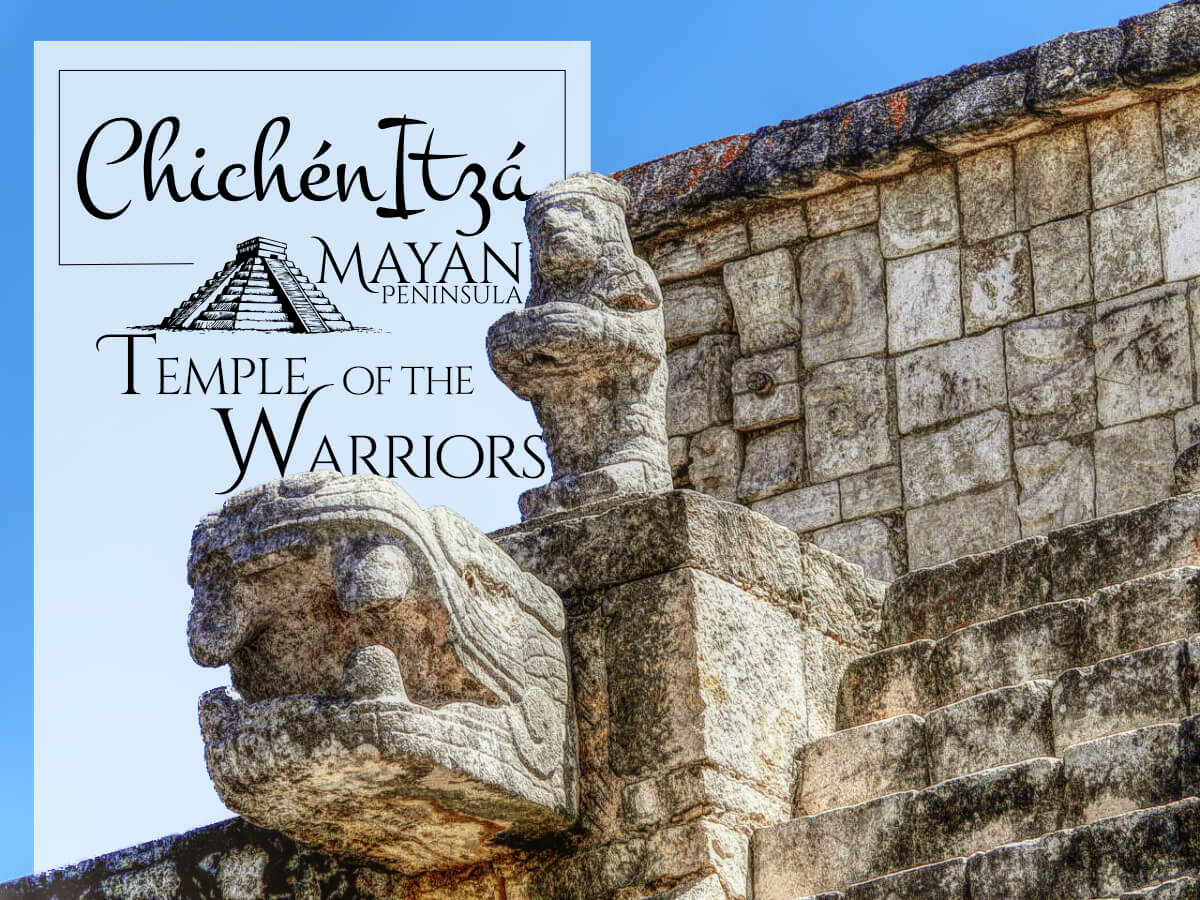
Serpent from the Temple of the Warriors in Chichén Itzá 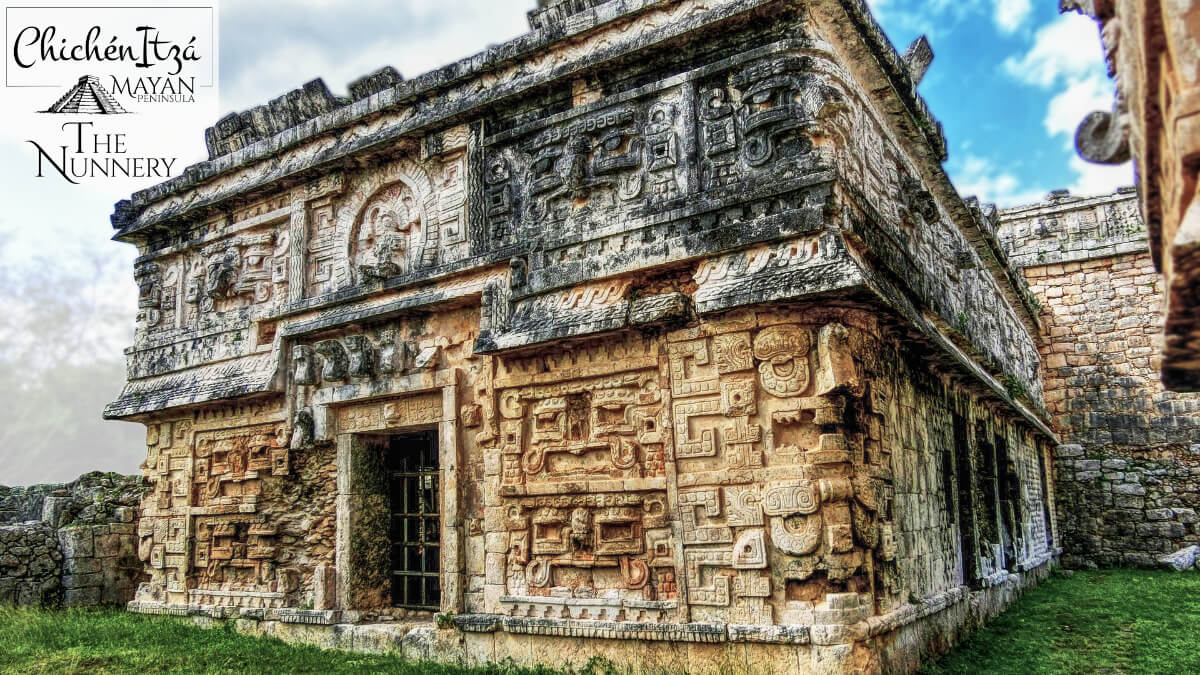
The Nunnery east chamber in Chichen Itza
In Chichen Itza, numerous decorative elements, especially in the form of sculptures and stone bas-reliefs, testify the strong presence of the cult of Quetzalcoatl, known as Kukulkán to the Mayas.
Kukulkan, the Mayan new god
It was probably the Toltecs who superimposed the anthropozoomorphic figure of this ancient and mysterious divinity, legacy of the Teotihuacan civilization, its cultural hero Ce Acatl Topiltzin Quetzalcoatl, the mythical king of the legendary city of Tula, identified by so many archaeologists with the city of modest dimensions brought to light in the state of Hidalgo. Quetzalcoatl, after many years of reign over the city of Tula and its inhabitants, was dethroned by his evil brother Tezcatlipoca, an event that according to sources occurred in the year 987.
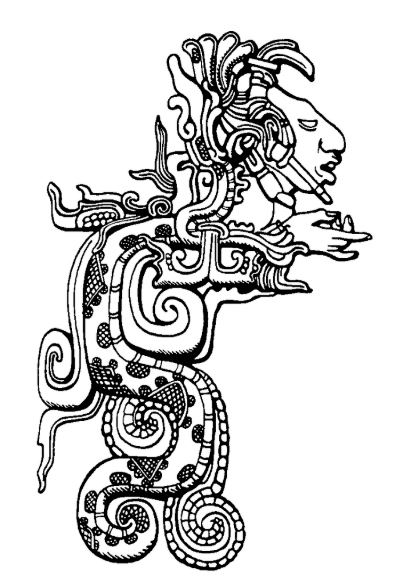
Different traditions are intertwined and superimposed on the fate of this civilizing hero, after his expulsion from Tula; according to one of them, he emigrated eastward, with a group of followers, to the territory of Yucatan, which he probably reached by sea. This is consistent with Yucatecan documents from the colonial era, which narrate the arrival to Chichen Itza of a character of noble lineage, cultured and refined, which the Maya gave the name of Kukulkán, which in Yucatec means precisely “snake-quetzal”, or more simply “Feathered Serpent”.
No doubt he brought to Chichen Itza much knowledge, especially in the field of arts and medicine, as well as the culture of his hometown, whose assimilation by local people must have given great impetus and prosperity to the city.
Many historians have interpreted oral tradition and colonial sources as the “fictionalized” reflection of events actually occurring; the “invaders” of Chichen Itza were probably exiled from Toltec lineage, expelled from Tula. Since the end of the tenth century, then, Chichen Itza assumed the role of the guiding city of Yucatán; its architecture represents a hybrid between the elements inherited from the Classic Maya, elements of Puuc style and new Toltec contributions.
Human sacrifices in Chichen Itza

What inevitably surprises and impresses those who stop to visit the vestiges of this prestigious archaeological zone are aspects of material culture linked to human sacrifices; they were always practiced in Yucatan and other Mayan regions and the Toltecs further accentuated these rituals as seen in the altar of skulls where the heads of the decapitated victims, the Tzompantli, were nailed.
The one of a kind Sacred Cenote
At Chichen Itza, the worship of the Sacred Cenote remained alive until the time of the conquest, a well to whose murky and deep waters victims were thrown to please the god of Rain Chac.
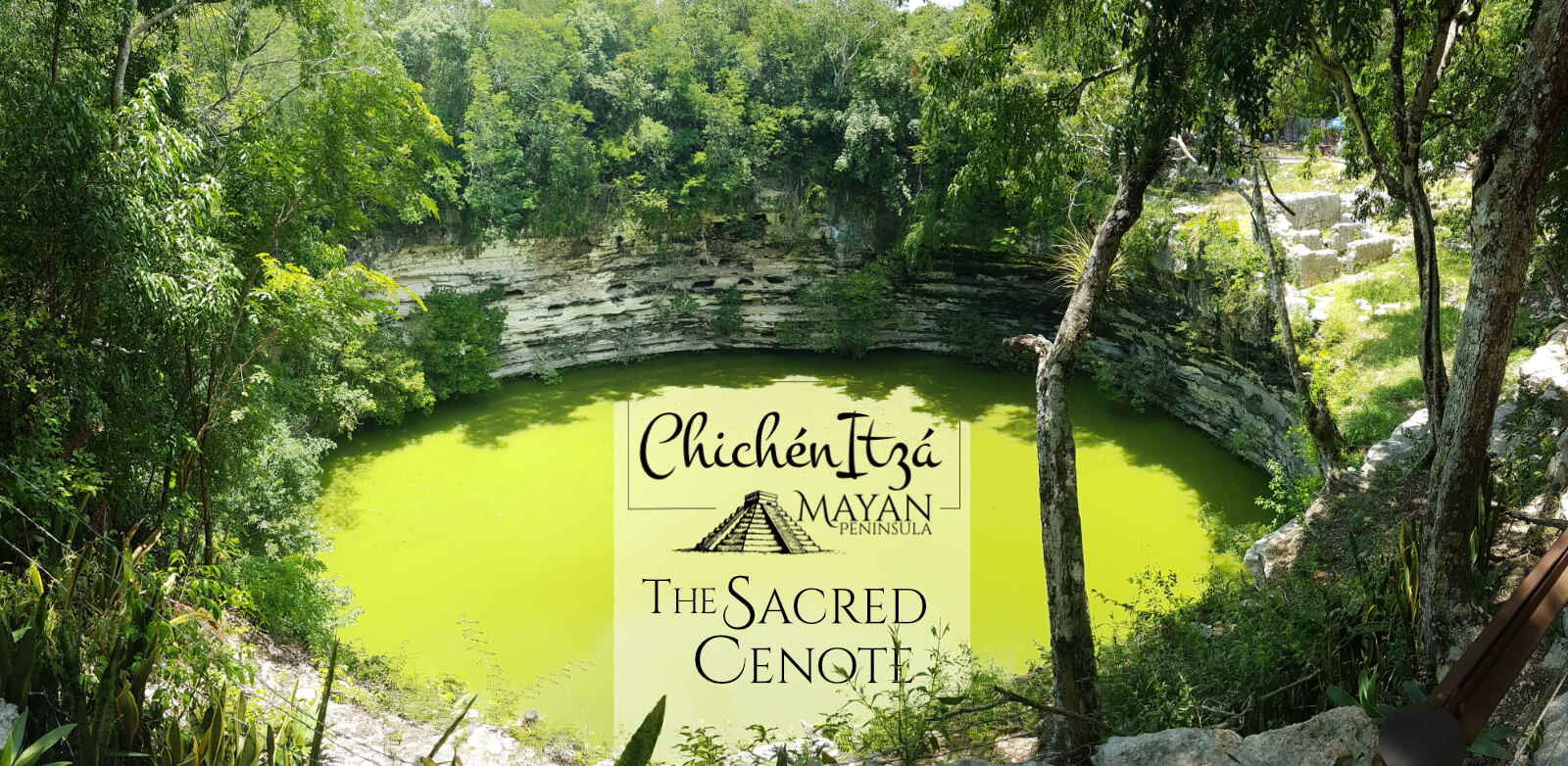
The term “Cenote” adopted by the Spaniards is actually a deformation of the Yucatec Mayan word tz-onot, which was used to indicate the circular natural wells caused by the sinking of the calcareous strata, according to a typically karstic phenomenon.
In many places, the cenotes were used as wells to sacrifice human victims and were considered an entrance to Xibalba, the kingdom of Afterlife.
It was an important Mayan ceremonial center in what is known as the classical period, which is usually established between the 5th and 10th centuries, and even after the Spaniards arrived in México. The splendor of this period includes some of the buildings that are still preserved today, such as the Temple of the Three Dinteles or the Building of the Nuns, although the most emblematic buildings are from a later time period. It was in the tenth century when the Toltec occupied Chichen Itza and began the second period of prosperity that lasted two centuries, after which began the disintegration of the Mayan civilization.
The main three large buildings of Chichen Itza

Kukulkan Pyramid in Chichen Itza 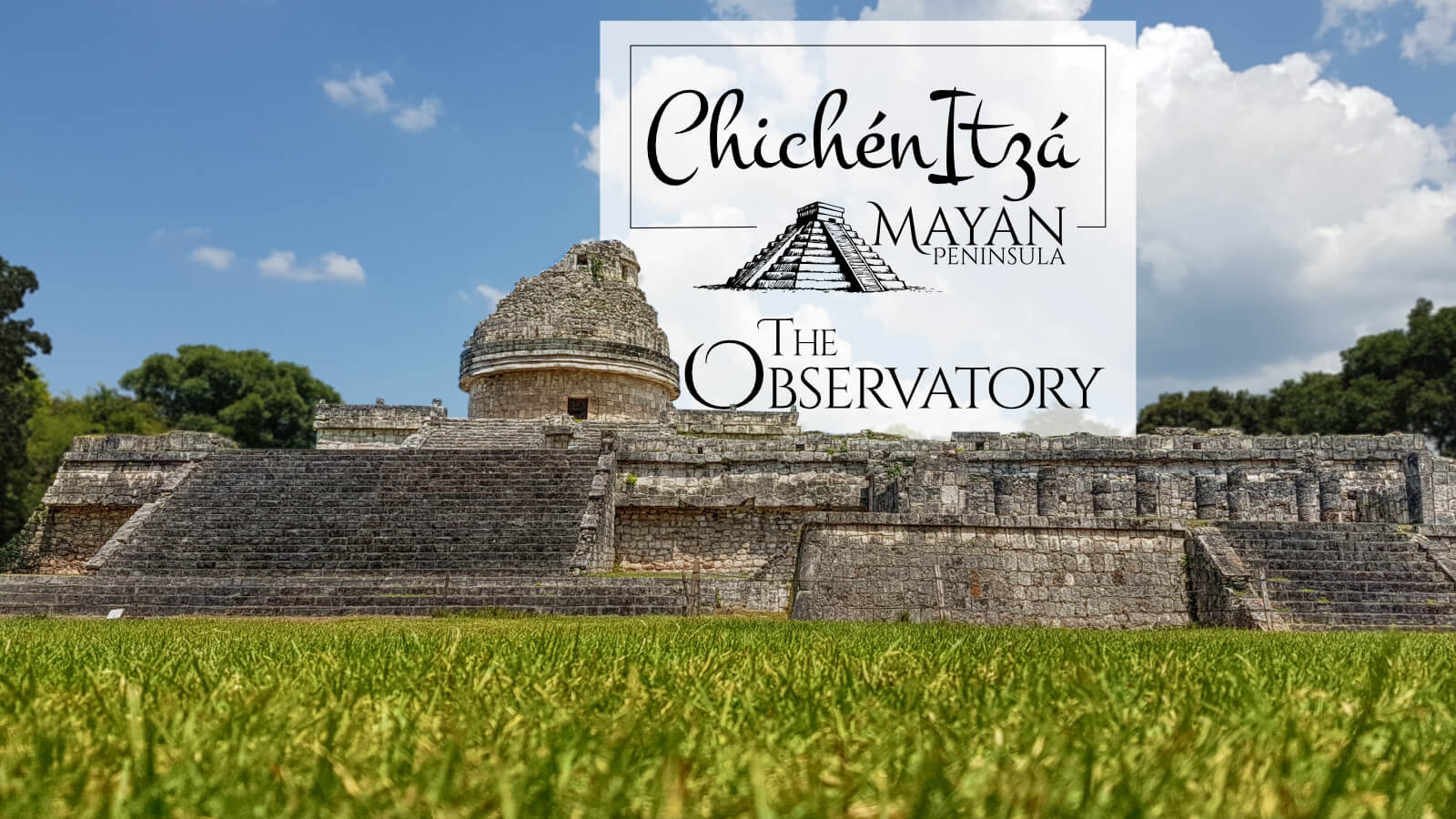
The Observatory in Chichen Itza 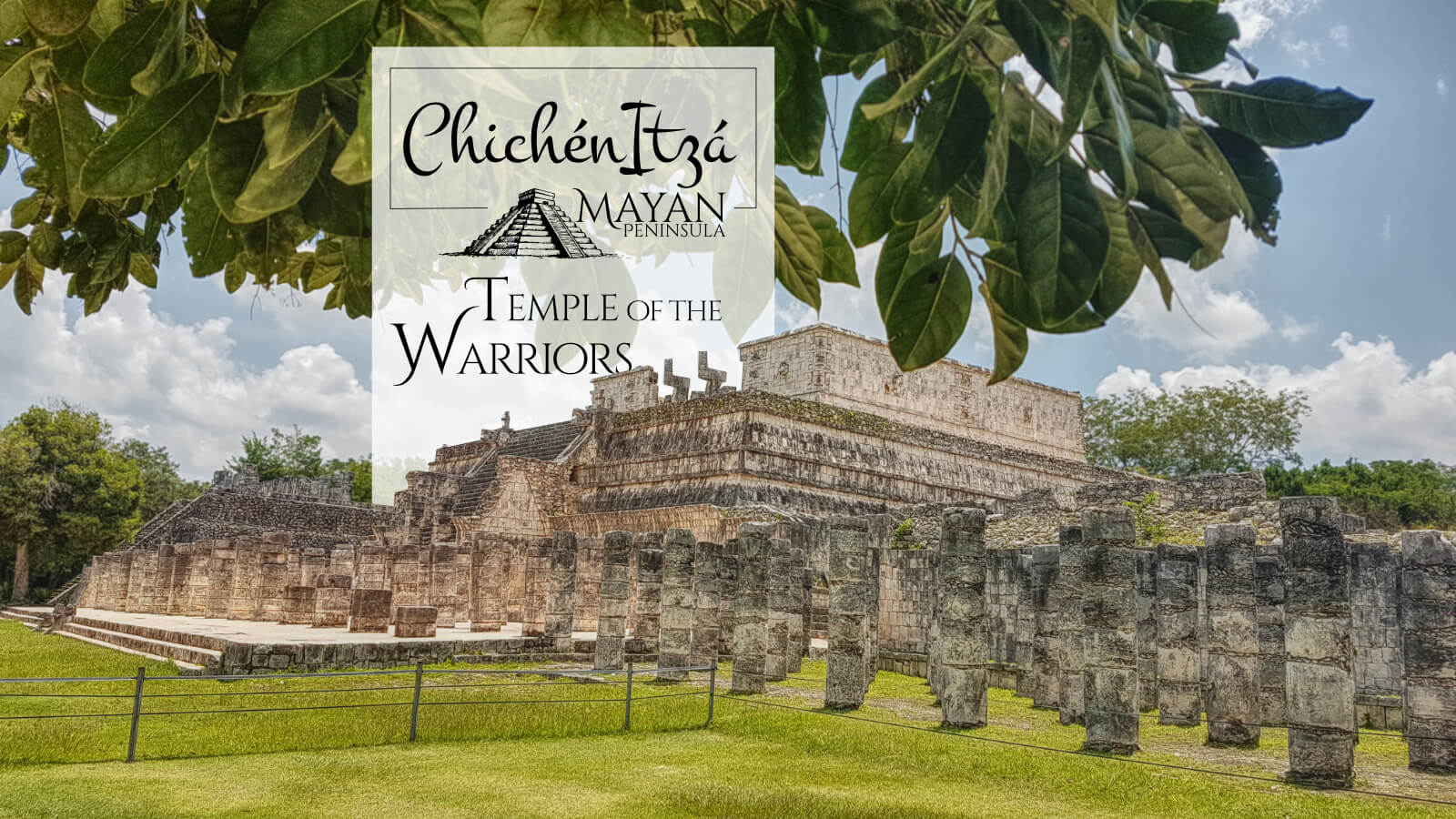
Temple of the Warriors in Chichén Itzá
The stepped pyramid called El Castillo or Pyramid of Kukulkan, the main construction of the complex. The Observatory, also known as El Caracol, a unique pre-Columbian structure that was used to measure the sky. And the Temple of the Warriors or Thousand Columns where you can actually find only 200 of them.
Interesting Facts about Chichen Itza
This archaeological site is a World Heritage Site since 1998 and constitutes one of the best-preserved testimonies of the Mayan civilization. It is also worth mentioning that it was chosen as one of the 7 new wonders of the world.
Chichen Itza is the second most visited archaeological site in Mexico after Tenochtitlán and the main one you should visit in the Mayan Peninsula.


